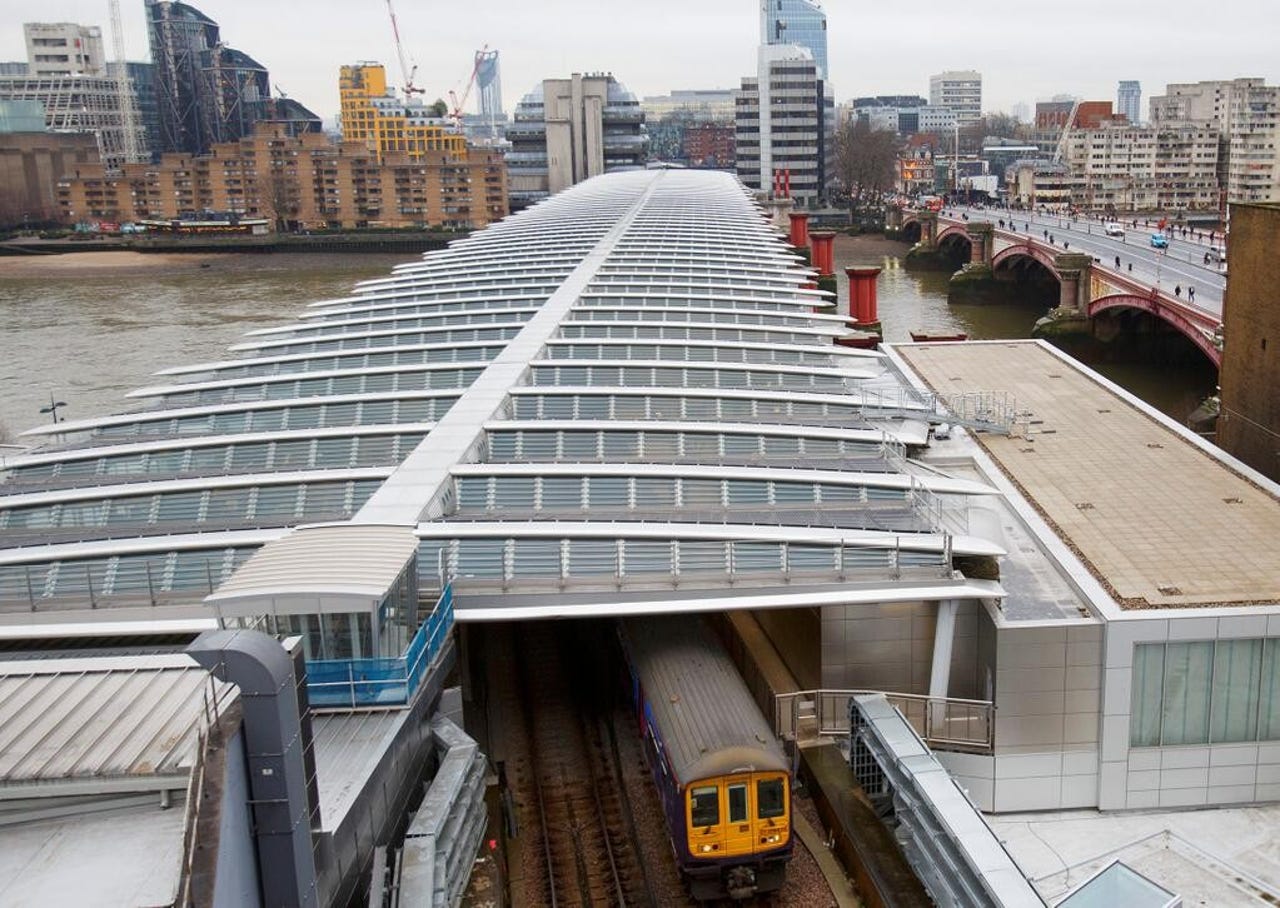Innovation
London opens world's largest solar bridge
A bridge seems like a smart place to put solar panels in a dense city. So why aren't there more like this one in London?


London has numerous iconic bridges that span the River Thames. Now the city can add another to the list.
The Blackfriars Railway Bridge, which houses the London Underground's Blackfriars station, opened recently and is covered end-to-end with solar panels, making it the largest solar bridge in the world.
The bridge is covered with 4,400 solar panels which will produce about 900,000 kWh of electricity annually, or about 50 percent of the station's annual electricity output.
In Australia there's the Kurilpa Bridge, a pedestrian bridge that uses solar panels to power its LED lighting system. But London's new bridge is on another level and there isn't anything like it in the world.
While a bridge is a smart place to put solar panels because it offers a continuous stretch of square footage that's rare in a dense city like London without taking up valuable land, don't be surprised if it retains the title of "largest solar bridge" for some time.
That's because building a bridge with a roof covered in solar panels poses some challenges. According to Eurosafe UK, the company that installed the safety systems required to do maintenance on the solar panels, "this was, logistically speaking, the most challenging project Eurosafe has ever worked on." And for Solarcentury, the company that installed the solar panels, the project posed much bigger challenges than adding solar panels to a warehouse or green belt, according to BusinessGreen.
The transformation of the bridge into a solar powerhouse is the finishing touch of a larger redevelopment project of the station and bridge that has been going on since 2009.
Photo: Network Rail
This post was originally published on Smartplanet.com